Male and female dogs may look similar, but don’t let the wagging tails fool you. They can be wildly different—right down to the way they snuggle, squabble, and sprint around your home. Choosing the right dog isn’t just about the breed. It’s also about the sex of your future best friend—and that tiny detail can change everything. Are males more clingy? Are females more stubborn? Do boys mark everything in sight? Do girls boss everyone around? It’s not one-size-fits-all, but there are patterns—and knowing them could save you a heap of surprises (and chewed-up socks). Before you fall in love with those puppy eyes, let’s break down the 12 key ways your dog’s sex might shape your life—whether you’re after a couch potato, a goofball, or a fearless little protector.
Behavioral Tendencies
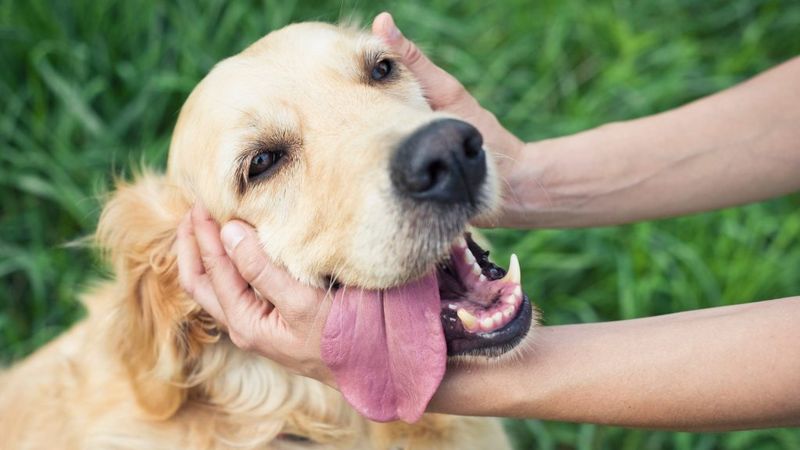
Male dogs often exhibit more playful and energetic behaviors, making them quite engaging companions. They are known for their enthusiasm and willingness to play, especially in outdoor settings. In contrast, female dogs tend to be more reserved and are often seen as more focused and serene.
However, individual personalities can vary, and training plays a significant role in shaping behavior. Some female dogs can be just as lively, while certain males may prefer relaxation over playtime. Understanding these tendencies can assist in selecting a dog that matches your household’s energy level.
Territorial Instincts

Territorial instincts are pronounced in male dogs. They are more likely to mark territory, which can include your favorite furniture. This behavior is natural, driven by the urge to establish dominance. Female dogs, however, are generally less inclined to mark and are often content with their established space.
Training can mitigate excessive marking, but understanding this instinct is crucial for potential owners. Knowing these differences aids potential dog owners in preparing their homes adequately. Implementing strategies like consistent training can reduce these tendencies.
Health Considerations

Health concerns can vary between genders. Male dogs are prone to certain conditions like prostate issues, while females may face complications related to their reproductive cycle, such as pyometra or mammary tumors.
Spaying and neutering can significantly reduce these risks. It’s essential to discuss these health aspects with your veterinarian before adopting. Many owners find that understanding potential health concerns allows for better preparation and peace of mind. Each gender presents unique challenges that can be managed with proper care and planning.
Size and Growth Patterns
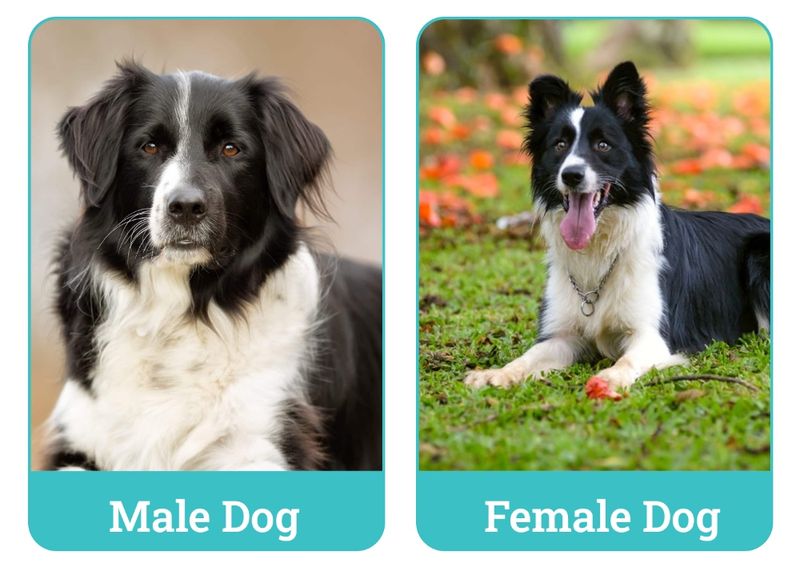
Generally, male dogs tend to grow larger and heavier than females of the same breed. This size difference often reflects in their appetite and strength, requiring considerations in feeding and exercise routines.
Female dogs typically reach maturity faster, which could affect training timelines. Potential owners should consider their living space and ability to manage larger dogs. Size can influence various factors, including the type of activities suitable for your dog. Knowing these differences helps to anticipate future needs as your dog grows.
Training and Learning Styles
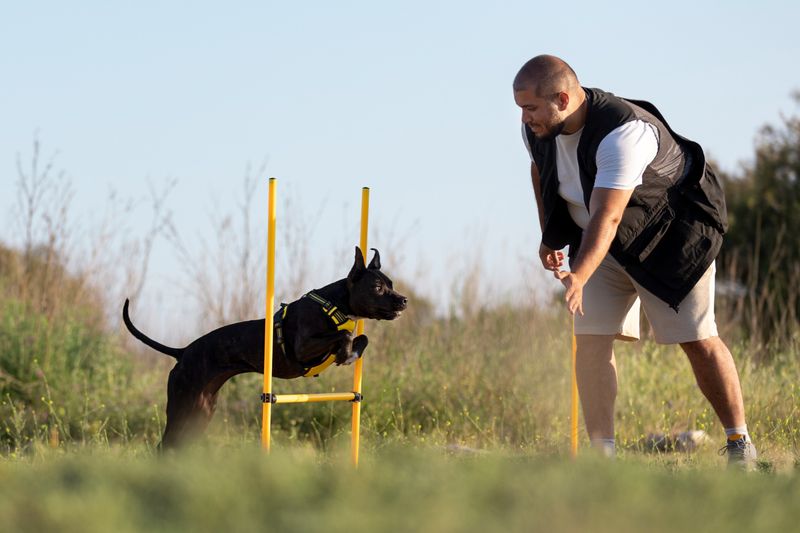
Training can vary significantly between genders. Female dogs often display a higher degree of focus and may learn commands faster than males. This trait can be advantageous for first-time dog owners looking for quick results.
Conversely, male dogs might be more easily distracted, but they often possess a playful curiosity that can be harnessed effectively in training. Both genders benefit from consistent, patient training approaches. These training nuances can impact how quickly a dog integrates into a new home environment.
Social Interactions

Social behaviors differ subtly but significantly. Male dogs are often more outgoing and enjoy engaging with other dogs. They might initiate play and social interactions more frequently. In contrast, female dogs can be more selective, sometimes preferring human company over other dogs.
These interaction styles can influence your dog’s social experiences and your own. Understanding these tendencies can assist in socialization efforts, making outings more enjoyable and stress-free. Owners should tailor social activities to suit their dog’s unique preferences.
Grooming and Maintenance

Grooming needs can vary, with female dogs often having smoother and finer coats compared to males. This difference can affect the frequency and type of grooming required. Male dogs might develop thicker coats, requiring more regular brushing to prevent matting.
Despite these general trends, individual dogs may deviate from norms. Regular grooming not only maintains appearance but also contributes to a dog’s overall health. Knowing your dog’s grooming needs helps in planning time and resources effectively. Proper grooming enhances bonding and ensures a healthy pet.
Reproductive Behaviors

Reproductive instincts profoundly influence behavior. Male dogs might display mounting behaviors as they reach sexual maturity, driven by natural urges. Female dogs, on the other hand, experience heat cycles, affecting their mood and behavior in cyclic patterns.
Understanding these differences is crucial for managing interactions, especially in multi-dog households. Spaying and neutering help reduce these behaviors significantly. This knowledge helps in making informed decisions regarding your dog’s reproductive health and behavior management.
Lifespan Expectations

Lifespan can be influenced by several factors, including gender. Female dogs often live slightly longer than their male counterparts, although this varies with breeds and individual health conditions.
This difference, while marginal, can affect long-term planning for pet ownership. Owners should consider these factors alongside breed-specific lifespans when deciding on a pet. This understanding aids in preparing for the emotional and financial responsibilities of pet care throughout their lifetime.
Aggression Levels
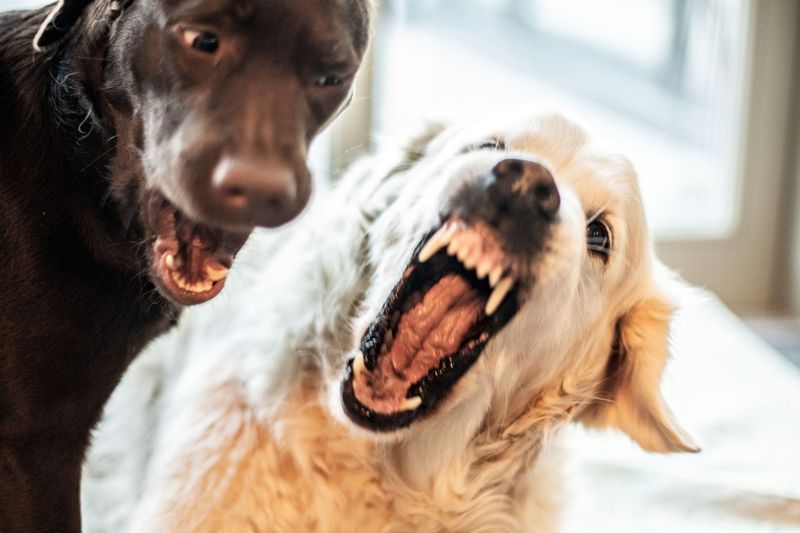
Aggression can manifest differently between genders. Male dogs are sometimes seen as more aggressive, particularly in unfamiliar situations. They may bark or show assertive behaviors as a protective measure.
Female dogs are typically viewed as nurturing and vigilant, displaying aggression only when they perceive a threat to their loved ones. Knowing these tendencies helps in training and managing behaviors appropriately. Proper socialization and training reduce aggressive tendencies, fostering a harmonious home environment.
Bonding and Attachment

Bonding styles can differ between genders. Female dogs often form strong attachments with family members, showing loyalty and affection. They may be more inclined to seek companionship and comfort.
Male dogs, conversely, might express affection through playful interactions and loyalty. Their bond often manifests in protective behaviors. Understanding these bonding tendencies helps in nurturing a fulfilling relationship with your pet. Tailoring interactions to your dog’s preferences enhances emotional connections.
Adaptability to Change
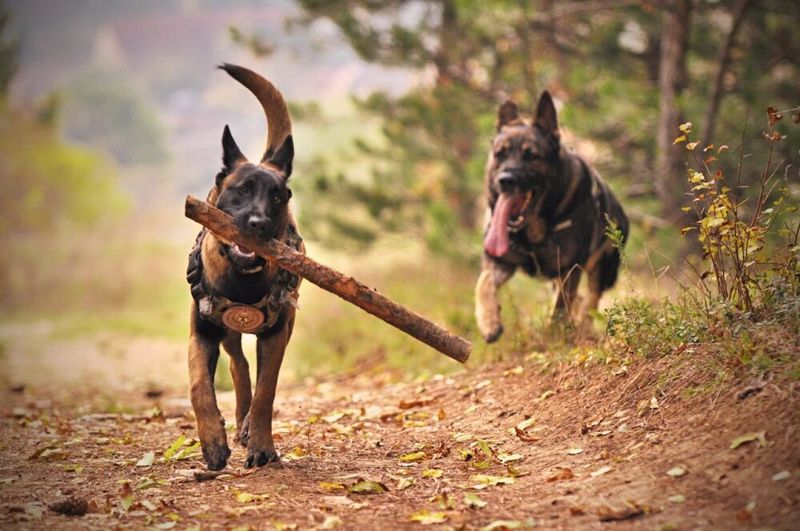
Adaptability is a key aspect of pet ownership. Female dogs often adjust to changes, such as moving or meeting new family members, with grace and composure. Males, while adaptable, might require more time and encouragement to settle in new environments.
Both genders can thrive with appropriate support and patience from their owners. Understanding these adaptability differences can lead to smoother transitions in your dog’s life. Preparing for changes and providing reassurance ensures a stable and happy pet.

